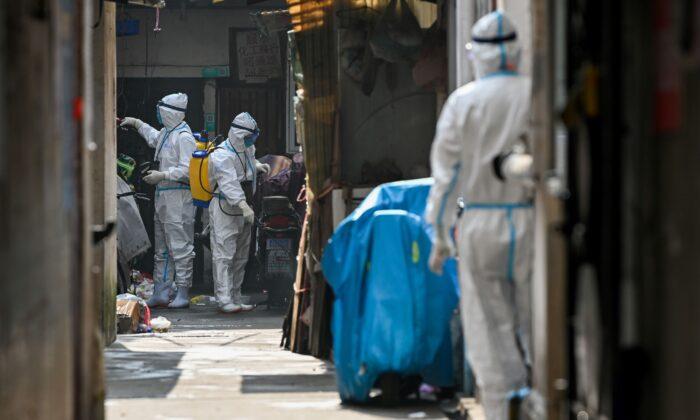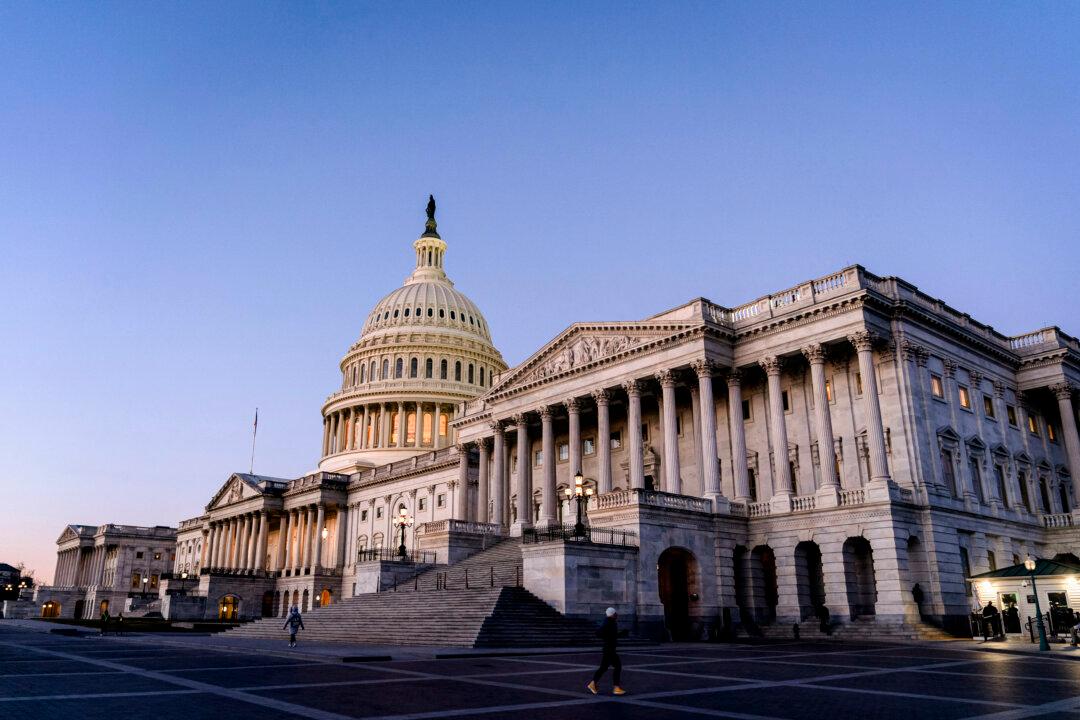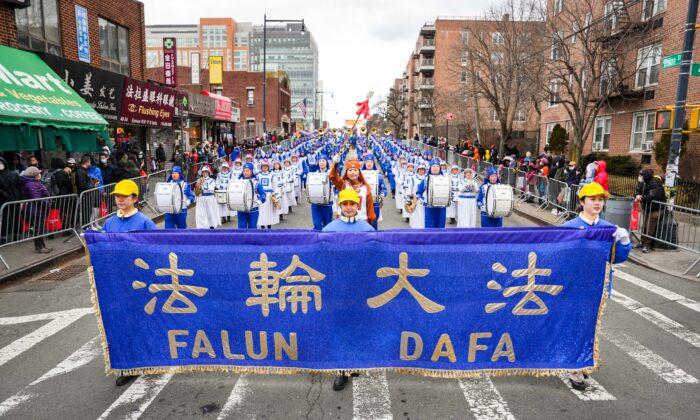A year after the CCP Virus outbreak in China’s Wuhan city seeded a global pandemic, Beijing has redoubled its efforts to spread unfounded theories that the virus originated in the United States.
The disinformation offensive propelled by Chinese diplomats and state media came as a World Health Organization (WHO) team arrived in the country to investigate the origins of the virus. Meanwhile, Chinese state media have stirred up a smear campaign against U.S. vaccines as the regime’s “vaccine diplomacy” has
suffered setbacks around the world.
Chinese foreign ministry spokesperson Hua Chunying was the first to revisit the conspiracy theory. She said during a Jan. 18 press briefing that the United States should invite WHO experts to “conduct origin tracing” in the country.
“If the United States truly respects facts, it should open the biological lab at Fort Detrick, give more transparency to issues like its 200-plus overseas bio-labs,” she said.
Chinese state media then piled on, raising questions about the activities at Fort Detrick, a prominent military biomedical research lab in Maryland, which helped make the topic go viral on Chinese social media.
Days earlier, as a WHO team
arrived in Wuhan, the outgoing Trump administration called on the health body to press the regime for access to records at the Wuhan Institute of Virology (WIV) to assess whether the outbreak could have been the result of a laboratory accident. The State Department said the United States had “reason to believe” that several WIV researchers became sick in autumn 2019, before the first identified virus case in Wuhan, “with symptoms consistent with both COVID-19 and common seasonal illnesses.”
Gordon Chang, author of “The Coming Collapse of China,” said the regime “has a lot to hide, especially its activities at the Wuhan Institute of Virology.”
“In desperation, Beijing is trying to divert global attention to our Fort Detrick,” Chang said in an email.
According to a Jan. 2
Daily Mail report, then-U.S. Deputy National Security Adviser Matthew Pottinger told a group of global politicians that the latest U.S. intelligence has indicated the virus which causes COVID-19 leaked from the WIV.
“There is a growing body of evidence that the lab is likely the most credible source of the virus,” Pottinger said, according to the outlet.
Beijing’s swipe at U.S. labs marks the latest attempt to deflect blame after its coverup of the outbreak in Wuhan, which enabled the disease’s global spread. Last March, a Chinese diplomat infamously
suggested, without evidence, that U.S. soldiers could have brought the virus into the city. Hundreds of athletes from the U.S. military were in Wuhan for the Military World Games in October 2019.
Those claims
sparked a fiery backlash from the United States and Western governments, but it didn’t stop the regime from peddling other unsubstantiated theories throughout the year that the virus originated from outside China.
In the past few months, Chinese state media have
misrepresented comments by foreign experts to suggest that the outbreak came from overseas, such as Italy. A now-retracted paper by Chinese researchers also claimed that the outbreak started in India before spreading to China.
Chinese officials have latched onto these reports to frame a new narrative that the virus emerged from multiple places around the world before reaching Wuhan, a theory dismissed by most Western scientists. The claim has been promoted at the highest levels of the CCP’s leadership with Foreign Minister Wang Yi
saying on Jan. 2 that “more and more research studies have shown that the pandemic is likely to have emerged in many places around the world.”
Officials have also fanned the theory that the virus was brought into China through frozen food imports, despite the WHO
saying there is no evidence that people can catch COVID-19 from food or food packaging.
Smearing US Vaccines
The disinformation front took aim at another target in recent weeks: U.S. vaccines.
The regime, keen to use its COVID-19 vaccines to burnish its global image, suffered a setback earlier this month when a late-stage trial in Brazil
found that a vaccine developed by Chinese state-run drug company Sinovac was only 50.4 percent effective, just enough to pass the 50 percent threshold required for regulatory approval.
Days later, Chinese state media and personalities seized on reports of deaths in
Norway and
Germany after people received the Pfizer vaccine, to question the safety of the vaccine. The media reports also suggested that Western media were suppressing the news. In Norway, its health agency has
since said there is no evidence so far of a direct link between the vaccine and the deaths. In Germany, the deaths were
determined not linked to the inoculations.
Beijing is “trying to discredit America’s COVID-19 vaccines because their vaccines are only marginally effective and perhaps unsafe,” Chang said.
Earlier this week, disinformation stoked by Chinese state media and official social media accounts alleging that “WHO does not recommend Moderna COVID-19 vaccine” started trending on Weibo, China’s version of Twitter. The online posts were actually misrepresentations of a
WHO guidance issued on Jan. 25 which advised against use of the Moderna vaccine for those under 18 or who are pregnant.
Chang believes Beijing’s disinformation campaigns won’t achieve its purpose because “they are divorced from reality.”
“In any event, the Chinese people will eventually let the world know what happened,” he added. “The Communist Party’s moves have been so inhumane that they will not allow its lies to stand.”






Friends Read Free